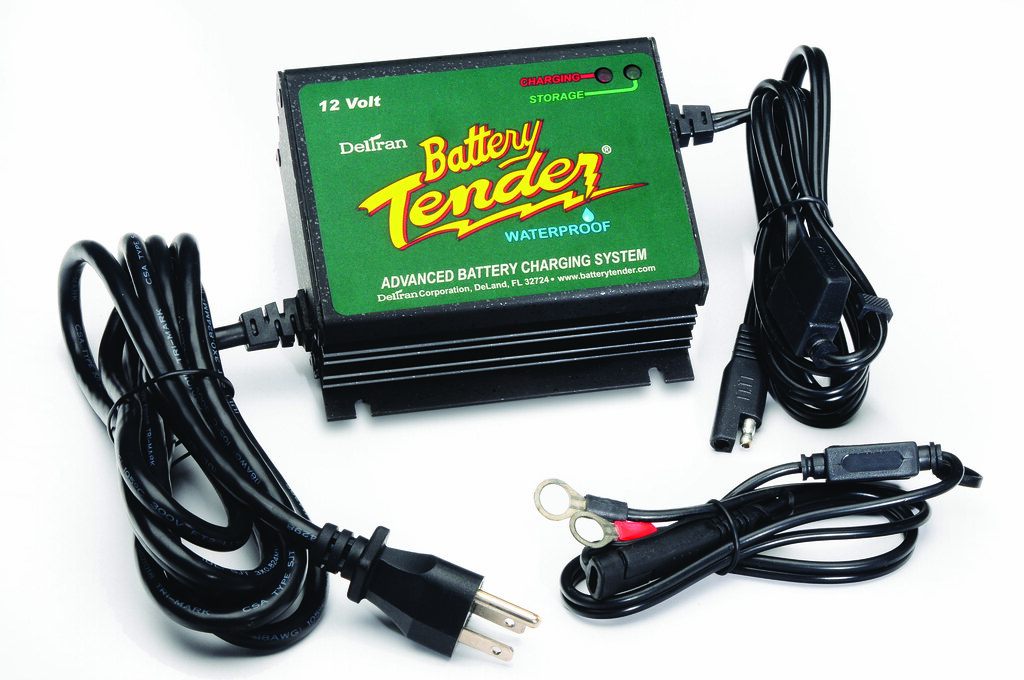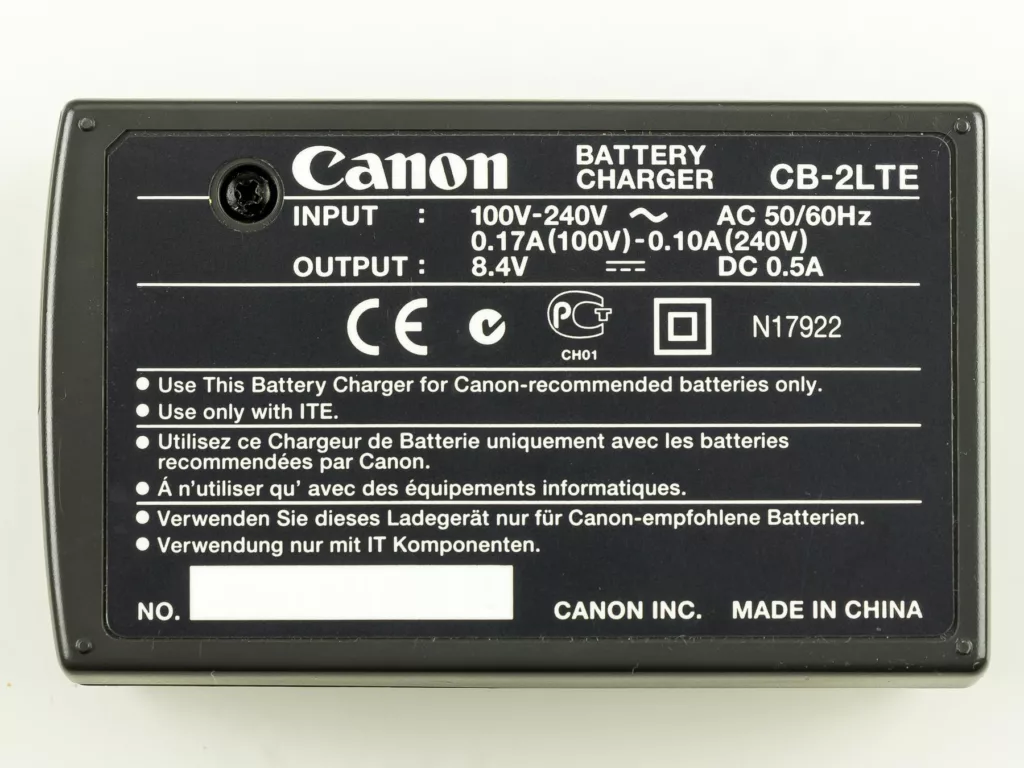In our increasingly tech-dependent world, running out of battery power can be a major inconvenience. Whether you’re on the go or simply don’t have access to a charger, it’s frustrating to watch your device slowly die. But what if we told you that there are alternative methods to charging your battery without a charger? That’s right – in this ultimate guide, we’ll explore innovative ways to charge your battery and keep your devices powered up, no matter the situation. So buckle up and get ready to discover some truly game-changing techniques in the world of battery charging.

Understanding Battery Technology: An Overview
Battery technology is advancing every day. In today’s world, batteries power everything from smartphones to electric cars. However, they can also be expensive and inconvenient to replace when they run out of charge unexpectedly.
To understand how to charge a battery without a charger, it’s important first to understand the basics of battery technology. Batteries store energy in chemical form, which is then converted into electrical energy when needed. There are two types of batteries: primary and secondary.
Primary batteries cannot be recharged once depleted and must be disposed of properly. On the other hand, secondary batteries can be recharged multiple times by reversing their discharge with an external electrical source.
The most common type is Lithium-ion (Li-ion) batteries because they hold more charge compared to nickel-cadmium (Ni-Cd) or Nickel – metal hydride (Ni-MH), making them ideal for use in portable devices like laptops, cameras etcetera .
Understanding battery technology will help you make informed decisions on charging your device without relying solely on your charger.

How to Charge a Battery without a Charger: A Comprehensive Guide
Charging a battery without a charger can be a daunting task, but it is possible with the right knowledge and tools. The first step is to determine the type of battery you have and its voltage. Once you have this information, you can proceed with one of several methods. One option is to use a power bank or portable charger, which can be connected to your device using a USB cable. Another method involves using a car battery or jumper cables to charge your battery. You can also use a solar panel or hand-crank generator to charge your battery in an emergency situation. It’s important to note that overcharging or undercharging your battery can cause damage, so it’s crucial to monitor the charging process closely and avoid leaving your battery unattended. With these tips in mind, you can successfully charge your battery without a charger and keep your devices powered up on-the-go.
The Top 5 Methods for Charging Batteries Without Using a Charger
The Top 5 Methods for Charging Batteries Without Using a Charger
Sometimes, you may find yourself in a situation where you need to charge your battery, but there’s no charger around. Don’t worry; here are the top five methods you can use to charge your battery manually:
-
*Using Another Battery*: If you have another fully charged battery of the same voltage as the one you want to charge, connect them together using wires and let them sit for some time.
-
*Solar Chargers*: Solar panels can be an excellent source of power if sunlight is available. A solar charger can be used to directly power up or recharge batteries.
-
*Wind Power: In situations where wind exists, small wind turbines or generators could produce enough electricity to recharge batteries without any hassle*.
-
*Hand Crank Generators*: Hand crank generators are self-powered devices that convert mechanical energy into electrical energy by rotating a generator’s crank handle repeatedly.
-
*Emergency Chargers*: Emergency chargers like car chargers and USB-based portable chargers offer flexibility when charging batteries on-the-go with compatible cables.
By following these methods correctly while taking appropriate cautionary measures, you can easily charge your batteries manually without needing a charger!
What to Avoid When Charging Your Battery Manually
When charging a battery manually, there are certain things to avoid in order to prevent damage to the device. One important thing is avoiding overcharging the battery. Overcharging can cause an excessive amount of heat which can lead to degradation of the battery and potentially even become hazardous.
Another key point is never short-circuiting the terminals or exposing them to moisture as this can cause irreparable damage or even injuries in extreme cases. It’s also important to make sure that you use only high-quality charging equipment that matches your specific type of battery.
Additionally, it’s recommended not to charge batteries more than once per day as doing so may shorten their lifespan. Proper storage is equally crucial; keeping batteries at room temperature and away from direct sunlight will help maintain their performance for longer periods of time. Overall, following these precautions will help ensure that your manual charging experience goes smoothly and safely.
Tips & Tricks for Maintaining Long-lasting Battery Life
Long-lasting battery life is essential for any device that relies on batteries. To maintain your battery’s lifespan, there are a few things you can do. First, avoid overcharging your battery as it can cause damage and shorten its lifespan. Second, keep your battery cool as high temperatures can also damage it. Third, properly store your batteries when not in use to prevent them from draining or leaking. Fourth, use the right charger for your battery to avoid overcharging or undercharging. Finally, consider investing in a high-quality battery that is designed to last longer and perform better. By following these tips and tricks, you can ensure that your batteries last longer and perform better, saving you time and money in the long run.

Troubleshooting Common Battery Issues and Effective Solutions
Overheating batteries are a common issue when trying to charge them manually. If you notice your battery is getting too hot, stop immediately and let it cool down before trying again. It’s also important to ensure that the charging method you’re using isn’t exposing the battery to excessive heat in the first place.
Another issue might be insufficient charging, where the battery doesn’t seem to hold enough power even after charging for a long time. This could happen due to low-quality chargers or incorrect voltage levels being used during charging. Ensure that you’re using compatible tools with appropriate voltages.
Lastly, if your battery still won’t charge despite following all instructions correctly, there may be an underlying problem with it that needs professional attention. Avoid opening batteries yourself; instead seek help from professionals who can assess and repair any issues safely and effectively.
In conclusion, charging a battery without a charger may seem like a daunting task, but with the right knowledge and techniques, it can be done easily and safely. By understanding battery technology and utilizing the top 5 methods we’ve outlined, you can keep your devices powered up even when you don’t have access to a charger. Remember to avoid common mistakes and implement tips for maintaining long-lasting battery life to ensure your batteries stay healthy and functional for as long as possible. And if you found this article helpful, be sure to check out our other content for more useful tips and tricks in the world of technology.
Q & A
Q.Who can show me how to charge a battery without a charger?
A.You can charge a battery using a car, solar panel, or DIY charger.
Q.What do I need to charge a battery without a charger?
A.You need a power source, cables, and a voltmeter to charge a battery.
Q.How do I charge a car battery without a charger?
A.You can use jumper cables and another car’s battery to charge your car battery.
Q.What is a DIY battery charger?
A.A DIY battery charger is a homemade device that charges batteries using electricity.
Q.How long does it take to charge a battery without a charger?
A.It depends on the battery size and the power source used to charge it.
Q.What if my battery is damaged? Can I still charge it without a charger?
A.No, if your battery is damaged, it’s best to replace it rather than trying to charge it.
